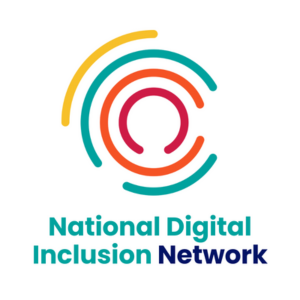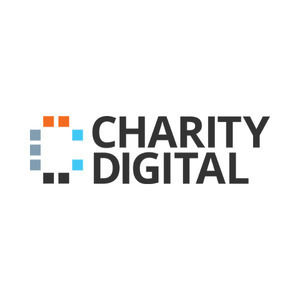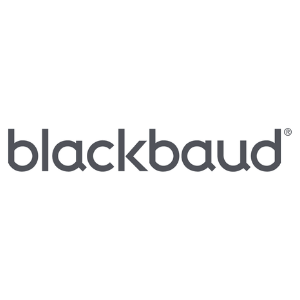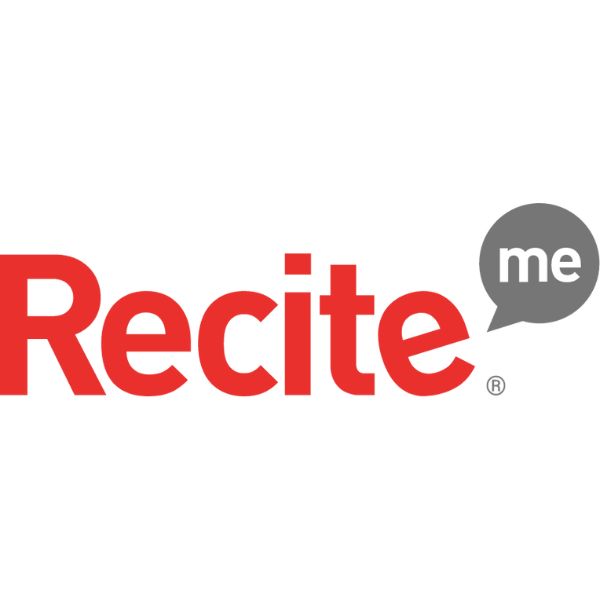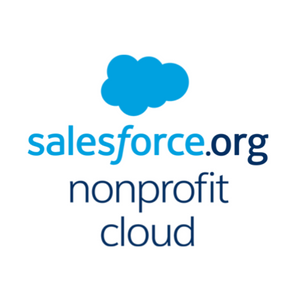Insights
INSIGHTS
All Topics
How to combat online misinformation
We outline the best strategies for tackling inaccurate information
Click to listen to articleplay_arrow09:28
The digital age has exposed many people all over the world to lightning-fast communication and vast scales of connection. The rapid exchange of information on the internet can lead to great things: enormous opportunities for learning, a greater awareness of others, and more.
But, on the other hand, the internet can host the spread of inaccurate information: misinformation, disinformation, and even conspiracy theories. These can have wide-ranging impacts, such as changing how people manage their health, spreading discriminatory views, and blocking people from accessing care and assistance when they need it.
So, what can charities do when impacted by the spread of false information? In this article, we explore the facts.
What is misinformation and disinformation?
Misinformation is when inaccurate information is spread by accident. This includes unverified claims and assumptions, for example people tweeting that they are experiencing earthquake tremors when they are in fact experiencing the effects of nearby demolition.
Disinformation, on the other hand, is when inaccurate information is spread deliberately, in order to deceive and cause serious harm. It can be spread by state or non-state actors. An example is using artificial intelligence (AI) “deep fakes” to manipulate others, such as through hoaxes and financial fraud.
It’s worth noting that sharing inaccurate information is not a new phenomenon – however, advances in digital technology have increased the speed at which it can spread.
Who can address the spread of inaccurate information online?
There are many ways to curb misinformation and disinformation. For example, news outlets are able to share authoritative and accurate information, both preventing and correcting inaccuracies. Meanwhile, policymakers, regulators, and internet companies have their own responsibilities for keeping users safe online, including when it comes to misinformation.
Here’s where charities fit in. Authoritative experts can help spread accurate information backed up by research. In addition, every individual and organisation has the power to curb misinformation and disinformation through taking care when communicating and sharing information with others.
What can charities do to tackle misinformation?
Train employees
Training employees on media literacy can help them avoid falling for and sharing false information.
Along with preventing the spread of misinformation, this can help protect the reputation of the charity. Particularly for those working in communications, research, and leadership roles, it can help employees confidently uphold the authority of the charity when communicating in public. That means avoiding scandals of the charity pedalling false information.
Media literacy skills also support personal health and wellbeing. For example, a 2023 Ofcom study found that good media literacy can and does support good mental health.
According to First Draft, some ways that individuals can prevent the spread of misinformation include using scepticism and emotional scepticism, having a heightened awareness to the effects of misinformation, and using analytical thinking.
Media literacy training for employees includes:
- Full Fact Training
- First Draft webinars
- Rethinking disinformation: psychology, prebunking and other tactics to halt the spread
Individuals can also use the Full Fact Toolkit to identify bad information.
Pre-bunk
According to First Draft, prevention is better than cure when it comes to misinformation. This is because of the Continued Influence Effect: when misinformation continues to influence people even after it has been corrected.
“Pre-bunking” is a strategy that teaches people how to spot and refute a misleading claim or manipulative messages before they have come into contact with them. A guide by the University of Cambridge, BBC Media Action and Jigsaw explains that misinformation and disinformation can be predicted during election cycles, health crises, and environmental disasters, making these good times to use the pre-bunking method.
Some charities are well-placed to focus some of their efforts on tackling false information, for example if the charity has expertise, is trusted by their audience, and works in an area commonly impacted by inaccurate information, such as health, climate change, or politics. They might be involved in politics through their advocacy and campaigning, for example.
The report notes that this method involves monitoring, iterating, and measuring your efforts, as well as humbly engaging in a dialogue with your audience. For more information, check out the practical guide to combatting misinformation through pre-bunking.
Another way to prevent the spread of misinformation is to be aware of information gaps. Misinformation often arises when there is a vacuum of information – so where possible, be transparent and fill these gaps with accurate information to get ahead of the problem.
Challenge and report inaccurate information
It’s important to refute false information when you come across it. The method recommended by fact checking charity Full Fact is:
- State that the information is wrong
- Explain why it’s wrong
- State what is true
This approach is effective because psychologically, people need a new story to replace the old, inaccurate story they believed in previously.
You can also report the false claim to Full Fact, who can check the truth behind claims. The charity cannot check every claim suggested, so they prioritise those that involve the most potential for harm.
React suitably to incidents
In some cases, the spread of inaccurate information can directly impact the work of a charity and its service users. For example, scammers can impersonate charities and mislead people to donate to fake websites. In 2022, the BBC found hundreds of such cases appealing for donations to Ukraine. In another example of misinformation impacting a charity, a group of people attempted to prevent the RNLI from launching a lifeboat over misinformation around refugees.
If your cause relates to a topic impacted by false information, being aware of that is the first step. Some incidents can be prepared for, like charity donation fraud. But other incidents are less predictable, like the RNLI example above. In this case, the lifeboat volunteers called the police and were able to proceed with the rescue.
Charities can also be the targets of online harassment as a result of false information and conspiracy theories.
Will Moy, chief executive of Full Fact, recommends that these charities keep these incidents in proportion and do not allow too much time to be taken up by a small number of noisy and hostile voices.
He advises charities that sometimes it’s okay to rise above online attacks, as well as supporting staff who may be personally affected and targeted online. In particular, women and ethnic minorities are most likely to experience online harassment, he adds.
In addition, Zoe Amar Digital recommends that leaders reflect on whether the advent of AI has increased their risk of more convincing misinformation or disinformation attacks, putting processes in place to monitor and respond to them as appropriate.
On a larger scale, Full Fact’s Framework for Information Incidents can help different organisations collaborate effectively when there is an information crisis.
Improve the quality of public debate
Conspiracy theories are more likely when public debate is polarised and scandalous, as this environment causes people to lose trust. Moy advises that charities can show leadership in this area through the ways they get involved in public debate.
He explains that charities shouldn’t be afraid to challenge powerful organisations and institutions, and that leaving false information unchallenged does more harm than challenging it.
But charities don’t necessarily have to take a confrontational approach when it comes to combatting inaccurate information, he says. That’s because many charities are already experts in changing people’s minds in other ways, such as appealing to emotions, and presenting alternative, more positive worldviews to believe in.
In addition, the UN has recognised the value of civil society being involved in the design of policies and other efforts to counter disinformation.
Find out more
Our 2024 Digital Inclusion Summit revealed how charities can help can make the digital world a safer, happier, more inclusive place, from improving access to digital devices to demystifying cyber security. Click here to watch the session recordings for free.
Our report, ‘Digital inclusion in the UK charity sector’, uncovers charity practitioners’ attitudes towards digital inclusion, including the challenges charities face in reaching out to service users and how they are making the most of the digital technology they use. Click the link in the orange box below to download the report.
Our Digital Inclusion Hub features regular articles, podcasts, and webinars to help charities reach across the digital divide. Click here to learn more.
Josie Sparling
More on this topic
Recommended Products
Recommended Products
Featured Products
Our Events
Charity Digital Academy
Our courses aim, in just three hours, to enhance soft skills and hard skills, boost your knowledge of finance and artificial intelligence, and supercharge your digital capabilities. Check out some of the incredible options by clicking here.



